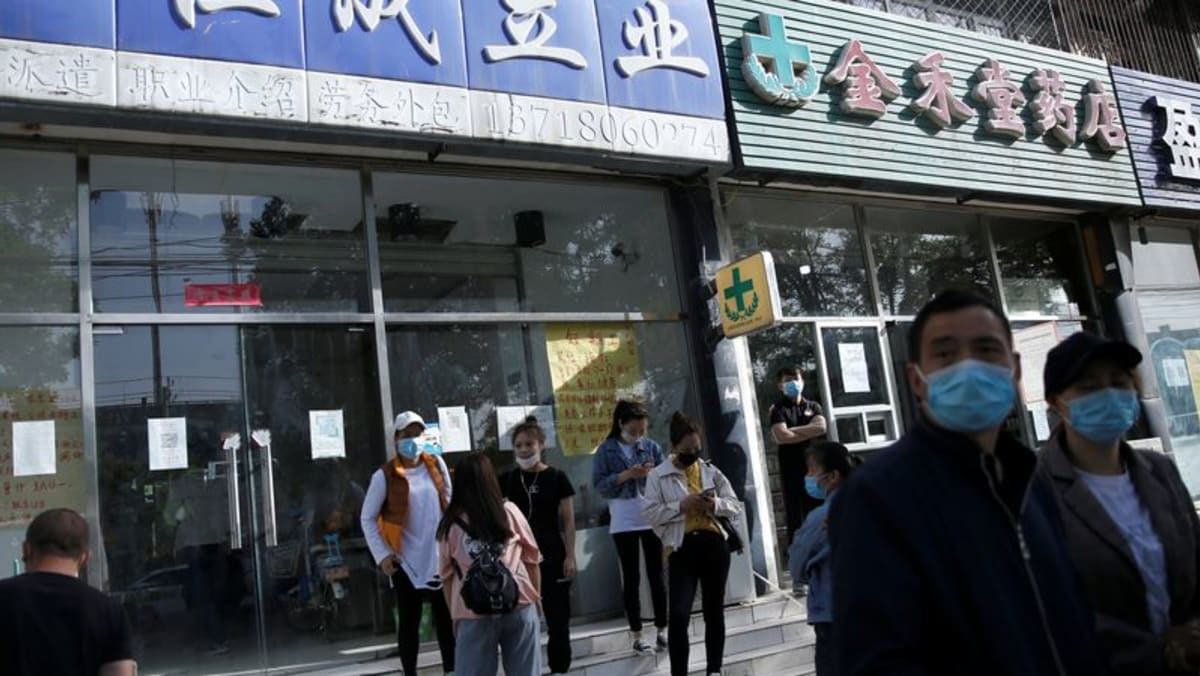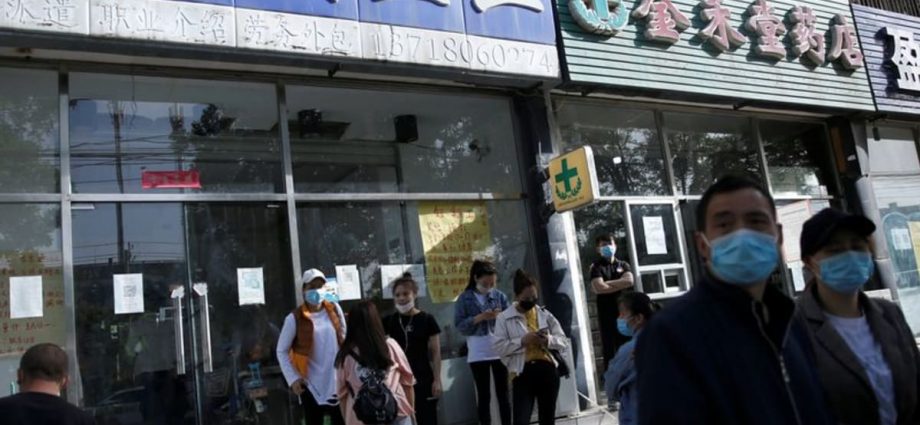
BEIJING: China’s unemployment insurance payouts hit a record high in June, adding to signs of a struggling labour market as the economy has been badly hit by COVID-19 outbreaks and a property crisis.
Payments by China’s unemployment insurance fund rose 256.6 per cent in June from a year earlier to 37.19 billion yuan (US$5.42 billion), according to Reuters’ calculations based on data from the Ministry of Human Resources and Social Security. That was the highest since the data series began in January 2013.
The sharp rise in the payouts resulted in a deficit of 22.74 billion yuan in the fund in June, widening from a 4.91 billion yuan deficit in May and in contrast to monthly surpluses from January to April.
China’s unemployment insurance fund is pooled from employers, employees and government subsidies, and the spending offers help with the basic needs of the jobless.
The world’s second biggest economy has been hit by strict COVID-19 curbs this year, disrupting supply chains and hitting job-creating small businesses.
The youth unemployment rate rose to a record high of 19.9 per cent in July, even as the nationwide survey-based urban jobless rate eased to 5.4 per cent in July.
The government said in May it would offer a subsidy of 1,500 yuan to firms for each university graduate hired.
China aims to keep the urban jobless rate below 5.5 per cent and to create more than 11 million new urban jobs this year. In the first seven months of 2022, 7.83 million new urban jobs were created, reaching 71.2 per cent of its annual target.
Chinese policymakers have played down the need to hit the annual economic growth target of “around 5.5 per cent” in 2022, as headwinds persist.
Goldman Sachs lowered China’s 2022 full-year GDP growth forecast to 3.0 per cent from 3.3 per cent previously, while Citi also marked down its full-year growth forecast to 3.5 per cent from 3.9 per cent last week.
“In the near term, China could continue to see job market pressure, given slower GDP growth creating fewer jobs, sluggish external and domestic demand, struggling small and medium-sized enterprises, and the still-high number of university graduates for years,” said Bruce Pang, a chief economist at Jones Lang Lasalle.
“Propping up domestic demand to support jobs remains a policy priority, which is key yet challenging.”

